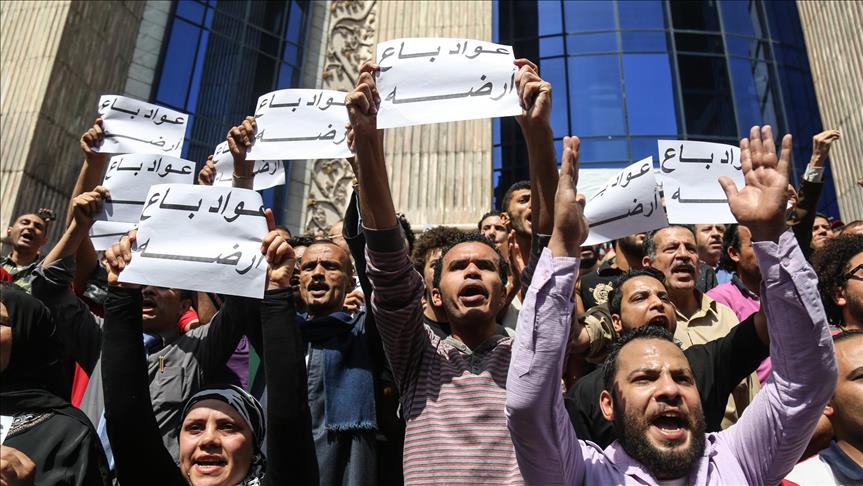Egypt-Sudan border dispute flares up after islands deal
Sudan demands control of Halayeb and Shalateen Triangle after Egypt cedes two Red Sea islands to Saudi Arabia

Egypt
By Rabie al-Sukkari
CAIRO
The Sudanese Foreign Ministry has reopened the disputed Halayeb and Shalateen Triangle issue with Egypt just days after Cairo announced the concession of two Red Sea islands to Saudi Arabia.
In the event that Egypt does not accept direct negotiations, the Sudanese Foreign Ministry has demanded that Cairo accept international arbitration.
The Egyptian Foreign Ministry says the area in question falls within Egypt’s borders. In 1820, Muhammad Ali, the Ottoman ruler of Egypt, put Sudan under his political authority.
After their subsequent partition, Sudan believes the region more appropriately should fall within its territory.
On Jan. 19, 1899, Egypt and Britain signed the Sudan Convention. The first article in that agreement stated that “the word ‘Sudan’ refers to all the territories south of the 22nd parallel of latitude”.
In 1956, when Egypt recognized Sudan’s independence, the 22nd parallel of latitude as stated in the Sudan Convention was the agreed upon border between Egypt and Sudan.
Later amendments to the borders – aimed at keeping Nubian tribes unified under one administrative system – have caused the core dispute between both countries.
In 1958, the Egyptian government objected that the Sudanese parliamentary elections included Halayeb and Shalateen.
Sudan responded by stating that the region in question is part of Sudan’s sovereign territory per the Sudan Convention that was agreed upon by Egypt and Britain.
The Egyptian position is largely aimed at facilitating ease for the Nubian tribes living along the border region by uniting them under one administration.
Furthermore, the Sudanese and Egyptian Survey Authorities drew up a map in 1909 that places the disputed area within Egypt.
Sudan’s position is grounded in the premise that because the Sudanese government has effectively administrated these areas since the Sudan Convention, they clearly fall within its territories.
Cairo did not object to Sudanese control over the zone from 1899 to 1958, a period during which Sudan governed the area uninterrupted and without objection. Sudan claims that the statue of limitations applies here.
When Egypt recognized Sudan as an independent state in 1956, it did not raise any objection to Sudanese sovereignty over the region.
Analysts are not expecting a resolution to this issue any time soon, but the Red Sea island deal between Egypt and Saudi Arabia has revived the dispute.
Anadolu Agency website contains only a portion of the news stories offered to subscribers in the AA News Broadcasting System (HAS), and in summarized form. Please contact us for subscription options.








